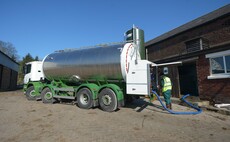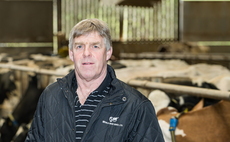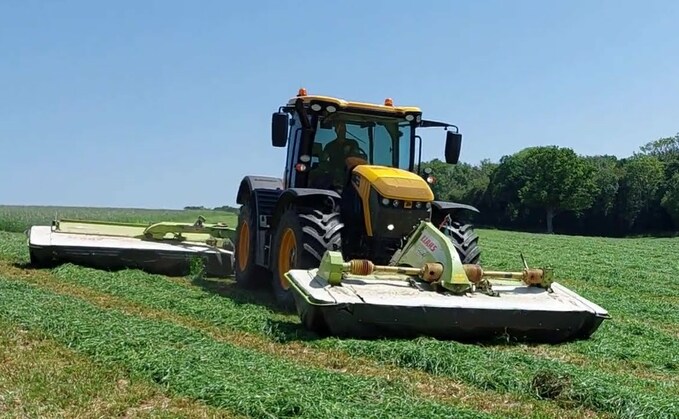
Creating the right conditions for fermentation is crucial, says Dr David Davies
Achieving a high quality silage requires attention to detail, timeliness and preparation, according to Dr David Davies, an independent silage expert.
He says: "Cutting grass early, when it is leafy and before any stem emerges is vital for consistency in the clamp."
Íæż½ã½ã opting for a traditional cutting date will end up with a variable crop with some stemmy and some leafier grass.
Concerns about leafier crops having insufficient fibre content are misplaced because higher quality silage encourages improved intakes and cows obtain their fibre by eating more grass.
"A good nutritionist who understands the value of quality forage will be able to put together a ration with the correct additional fibre."
Creating the right conditions for fermentation is crucial, Dr Davies adds, pointing to the importance of creating desirable end products.
He says: "The fermentation process should result in a minimum of five parts lactic acid and one part acetic acid.
"A lactic acid-dominated fermentation means improved intakes, higher levels of true protein and lower urinary output of nitrogen.
Higher lactic acid levels give rise to lower levels of volatile fatty acids [VFAs] and protein breakdown products.
Acetic acid levels result in higher dry matter [DM] losses and increased undegradable fibre, leading to poorer digestibility and lost sugar. "The sugar content of early silage cuts is lower because sugar accumulates during grass growth, so achieving a good fermentation is more challenging.
"Protein levels are higher, so this necessitates a rapid drop in pH to drive the correct fermentation process."
What makes a good silage? |
|
Additive
"It is important to use the right additive with a minimum of one million homofermentative bacteria, such as L. plantarum.
Without a good additive, increased buffering and a slower decline in pH results in more protein breakdown products and undesirable VFAs.
"This reduces palatability and intakes and cows will produce urine with a higher urea content."
A sure way of improving silage quality is to reseed fields where yields and quality have declined. John Spence, forage crops product manager at Limagrain UK, says choice of mixture is critical.
He says: "Choosing a mixture designed for cutting and forage quality is key. There are significant differences between the best and worst performing varieties on the recommended list.
"Limagrain tests the yield and quality of individual varieties across the cutting season for three or four years. Using data from these trials, mixtures are developed to achieve agronomically and offer superior yield and quality.
"The results from Limagrain trials show LG Multicut, a dual-purpose mixture designed for multicut systems, outyielded a similar control mix by four tonnes of DM per hectare over the four-year period.
"Digestible fibre [dNDF] for LG Multicut was on average 3.2% higher than the control. Each percentage increase in dNDF is equivalent to 0.25kg/cow/day of milk production, so a 3.2% increase equates to 240kg/cow/year based on 300 milking days.
"Reseeding delivers greater consistency in quality in the clamp, resulting in higher quality forage providing a greater proportion of the cow's energy and protein requirements."
Peter Smith, silage expert at Volac, supports regular reseeding to enhance the nutritional value of the grass but highlights challenges with new leys. He says: "Grass growth in newly established swards is lush so it can be more difficult to wilt. The protein content is higher so fermentation can be more difficult.
"Contamination with soil is a risk so it is better to cut slightly higher to avoid this. This will encourage grass to tiller higher up the stem, so to counteract this the grass should be cut or grazed down to the base before winter to ensure it tillers lower the following spring.
These issues point to the importance of using the right additive, as after investing in a new ley it is important to make the most of it."
To find out more visit Campaign for better silage






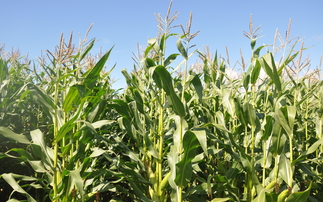
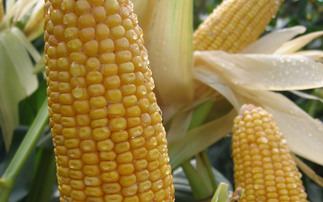
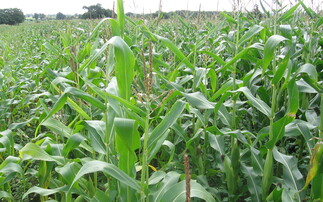
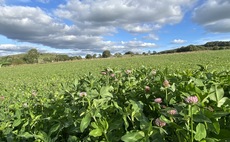

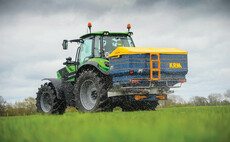
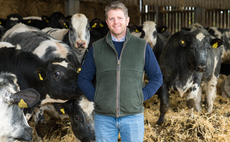
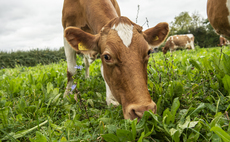
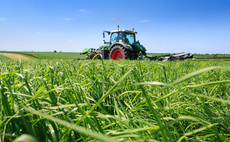
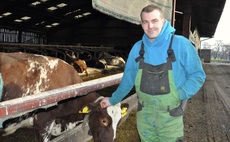
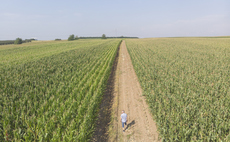
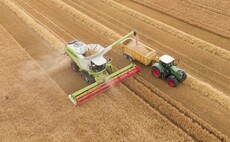


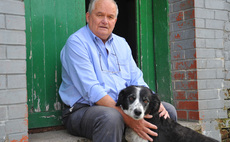
![Phil Latham: "Our industry seems to have little value for the Labour Gov and [therefore] I am increasingly worried about the USA's new tariff regime"](https://image.chitra.live/api/v1/wps/d12d03c/cad55df7-5c0d-452d-949d-1c7d39739842/1/PHIL-LATHAM-6337-230x142.jpg)
